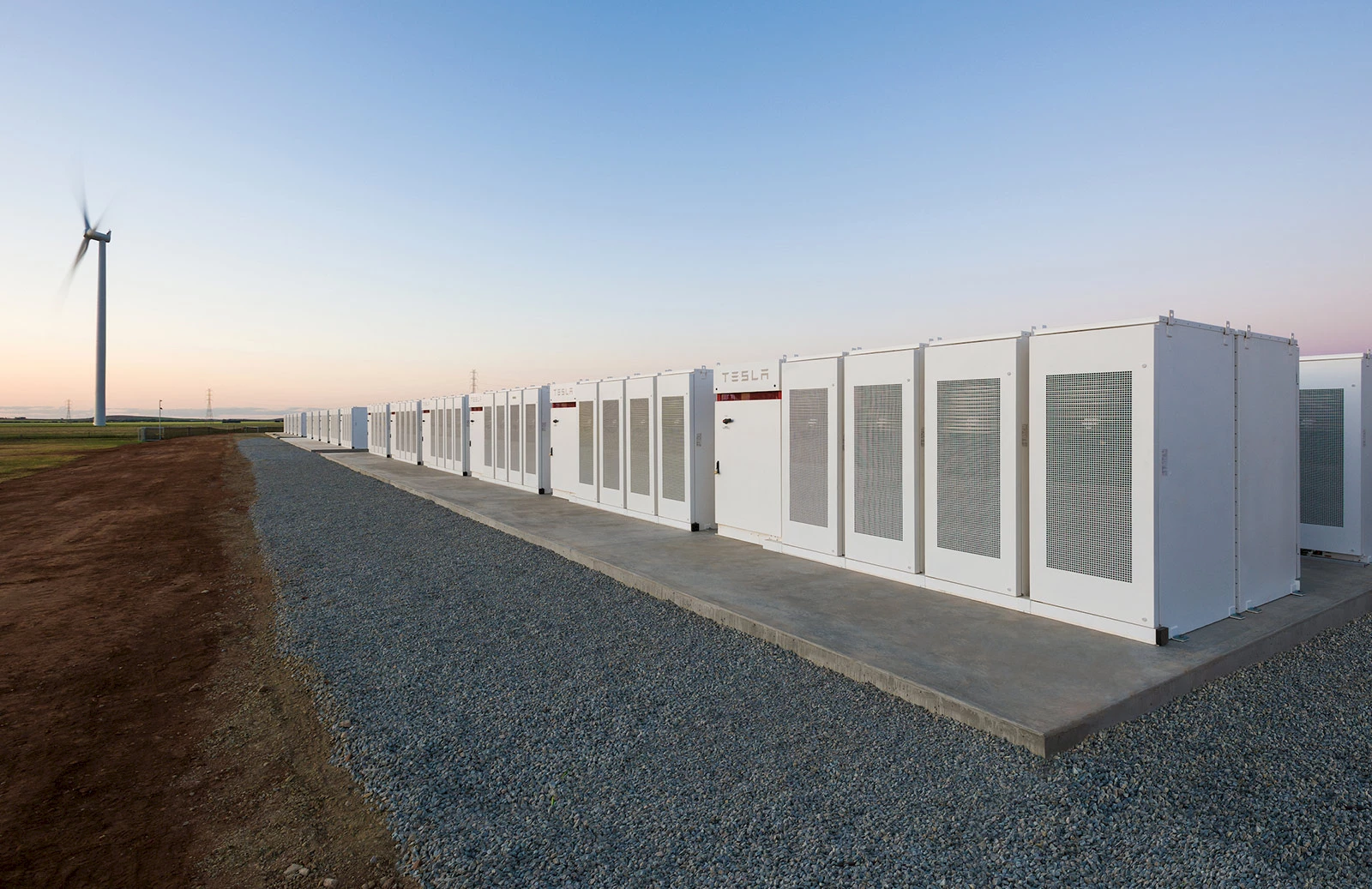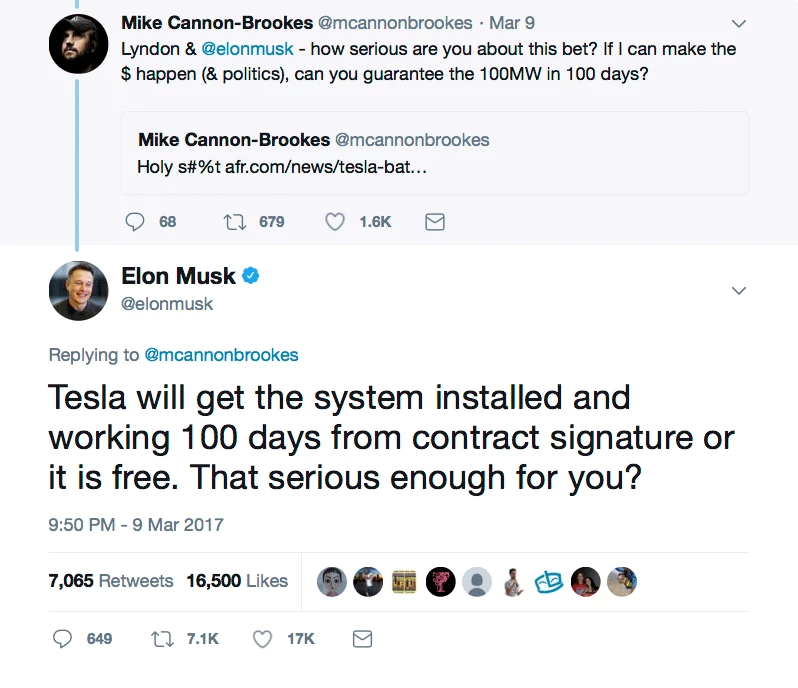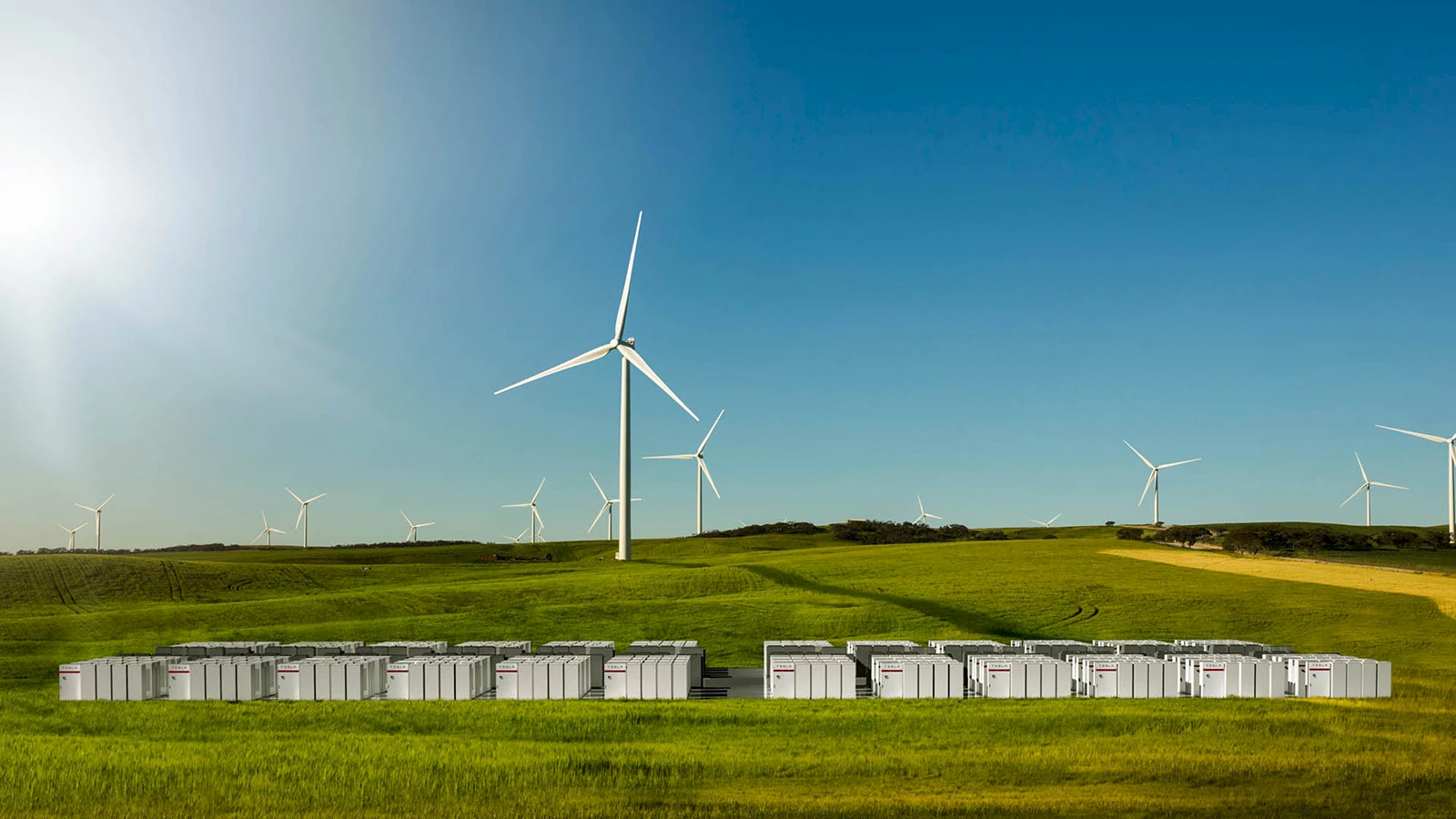Tesla delivers the world’s largest battery

But wait – there’s more! On top of all that, he’s just delivered on his promise to produce the world’s largest lithium-ion battery — and he’s done so in less than 100 days.
The Twitter Challenge
It all started last March, with a Twitter challenge. Really. Mike Cannon-Brookes, cofounder of Australian software company Atlassian, challenged Musk and Tesla to build a giant battery to end ongoing widespread blackouts in the state of South Australia. Cannon-Brookes even committed to finding the money if Tesla could deliver in 100 days, or just over three months.

Musk responded 18 hours later, presumably after huddling with his cousin Lyndon Rive, cofounder of SolarCity, a subsidiary corporation of Tesla. But the wait was worth it: Musk announced that he would deliver an operational 100MW/h battery within 100 days of contract signature, or it would be free. He inked the deal, estimated at $50 million US, with the Australian government at the end of September, and the battery was operational just two months later, in early December.
The battery
The Powerpack was installed at the Hornsdale wind farm, near Jamestown, in a remote part of South Australia. The battery (or rather, the battery system) has a 100 MW/129 MWh capacity, the equivalent of a small coal-fired power plant. Each megawatt can power up to 1,000 homes.
Confidence or hubris?
Some people thought Musk’s blithe confidence bordered on hubris. But he had two good reasons to be sure of himself: first, the recent opening of Tesla’s huge battery factory in Nevada.
Second, Tesla’s batteries proved their worth last year, after a gas-powered plant in California was shut down due to methane gas leakage and Tesla was asked to produce a huge 80KW/h battery in 90 days. This initiative consolidated the emergency power storage strategy of America’s most populous state.
Batteries are the future
After widespread, repeated blackouts in South Australia, Prime Minister Michael Turnbull declared a “state of energy emergency,” while the Australian energy market operator called for immediate action to prevent imminent blackouts. A major gas supplier warned that it might not be able to meet demand next winter (i.e. during our summer). Manufacturers threatened layoffs and closures if nothing was done to end power failures and curb skyrocketing prices.

Quebeckers, who are sheltered by their “hydro bubble” (for the time being!), look on in wonder as a country like Australia, one of the world’s wealthiest and a member of the G7, has ended up in such dire straits so quickly after enjoying such a high level of coal-based economic prosperity during the 20th century.
Could the same thing happen in other countries, like in Europe, or closer to home, in the United States? Probably. And when the time comes, Tesla batteries and other storage solutions, combined with renewable power sources, may provide the key to matching up supply with demand.
Lyndon Rive believes that within 10 years, 100% of Australian buildings that run on solar panels (currently 1.6 million) will have batteries, leading to independence from the grid. Not surprisingly, he is firmly against any major new investments in power plants or transmission infrastructure, a position that runs counter to many Australian officials and companies.
Lyndon explains: “The worst possible outcome would be to continue investing in the grid as solar panels and storage were rolled out to millions of households. It makes no sense to duplicate infrastructure.”
